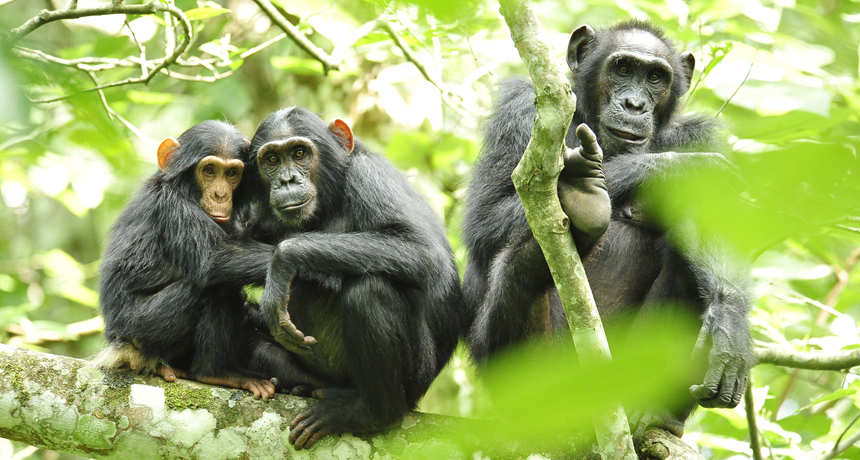AIDS (Acquired Immune Deficiency Syndrome) A disease that weakens a body’s immune system, greatly lowering resistance to infections and some cancers.
bushmeat Wild mammals eaten by people, including not only cats, Chinese bamboo rats, squirrels, badgers and civets but also nonhuman primates, such as monkeys, chimps and gorillas.
HIV (Human Immunodeficiency Virus) A potentially deadly virus that attacks cells in the body’s immune system and causes acquired immune deficiency syndrome, or AIDS.
immunity The state of being immune to, or having resistance to, a particular infectious germ.
infection The successful invasion of adisease-causing microorganism into the body, where it multiples, possibly causing serious injury to tissues (such as the skin, lungs, gut or brain).
virus A tiny molecule made of a protein shell that encloses genetic information. A virus can live and multiply only in the living cells of a host organism, such as people.








